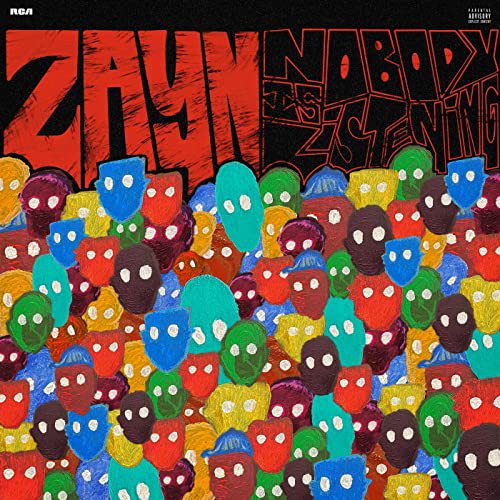The coronavirus vaccine development was a medical milestone in terms of its speed and efficacy. As of this writing, Moderna and Pfizer vaccines have been approved by the Food and Drug Administration (FDA). However, with mutations gradually arising, a more perfect vaccine is crucial to preventing the loss of more lives around the globe. As time goes by, the scientific community must work towards developing a vaccine that can combat lethal mutations of the coronavirus.
What if we could avoid the issue of reduced vaccine efficacy when new strains arise? In other words, how do we make a vaccine that can deal with these new mutations? An answer to this question would be remarkable;, however, is increasingly tricky to solve and requires an understanding of modern biology. Current vaccines target a region of the coronavirus spike protein that is subject to mutations. These mutations, or changes in the spike protein, are what is causing a reduced efficacy to new variants.
In the past 20 years, coronaviruses have been the cause of three pandemics—SARS in 2003, MERS in 2012, and the current SARS-CoV-2 pandemic. Animal to human transmission is likely how the SARS-CoV-2 virus made its way across the world. Researchers believe that pangolins, bats, and civets are reservoirs for many strains of coronaviruses. In addition to the three pandemic-causing strains, there are four circulating strains of coronaviruses that cause symptoms akin to the common cold. A universal vaccine would be able to target the conserved portion of the spike protein. That is the region that is common to all the coronaviruses and is not known to mutate enough to affect vaccine efficacy.
New research is emerging daily about whether the current vaccines are effective against variants found in the United Kingdom and South Africa. The AstraZeneca vaccine rollout in South Africa was paused as research suggested that this vaccine provides less immunity than other vaccine candidates. Moderna has announced it is working on booster shots to combat emerging variants.
So far, efforts are underway to vaccinate millions of Americans with about 10% of the population having received one shot. Pfizer and Moderna both require two shots for maximum immunity. This idea is what makes them about 95% effective. The need for two shots makes it more difficult to achieve full immunity as vaccine appointments are hard to come by.
Similar efforts to develop a “perfect” vaccine are underway in the Influenza vaccine. Influenza mutates frequently, requiring new vaccines annually to combat new strains. A typical flu vaccine is trivalent or quadrivalent (i.e. having three or four different strains). The strains in the vaccine are the ones that are commonly found circulating before the start of the flu season in late November. Clinical researchers at Mount Sinai’s Icahn School of Medicine found that strong antibody levels could be generated against the conserved region of the virus. The phase I trial established that the vaccine was safe and could encourage more research in the area. This is the first study that demonstrated a positive outcome, where other clinical trials have not been so successful.
A universal vaccine would need to be at least 70% effective and have long-lasting immunity to protect against flu strains every year. The trivalent or quadrivalent flu vaccine can be hit-or-miss in terms of which flu strains they offer protection for. The universal vaccine would address these issues and provide lasting immunity; furthermore, a so-called “variant-proof” vaccine would be another milestone in the fight against infectious diseases. A universal coronavirus vaccine could alleviate some of the pressure caused by the next impending coronavirus pandemic.














